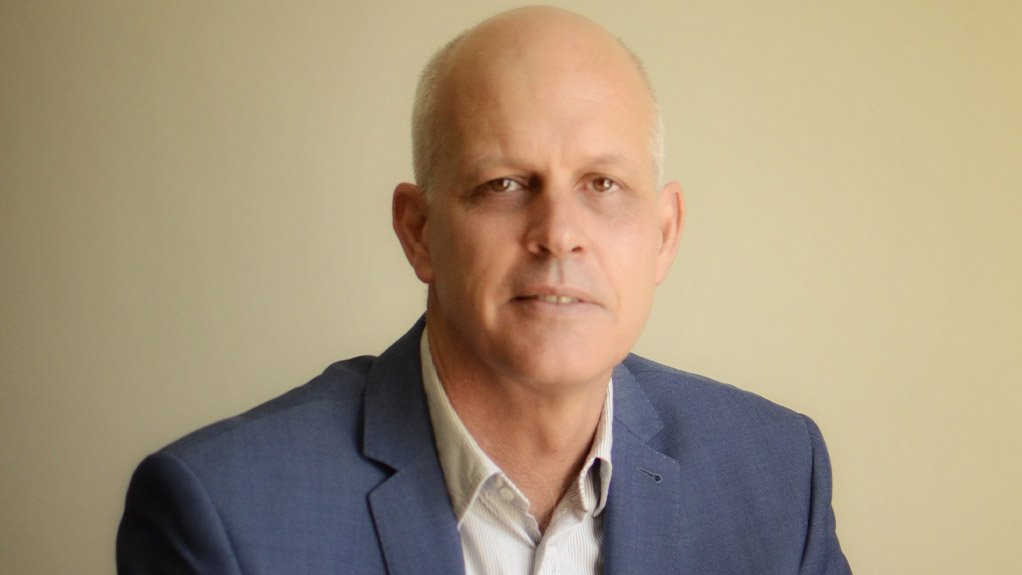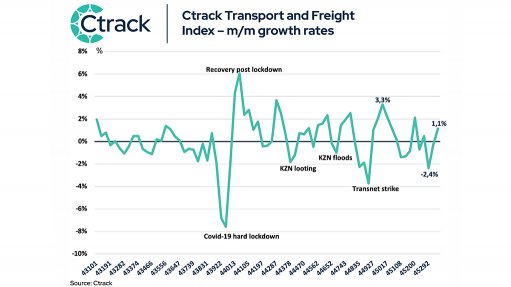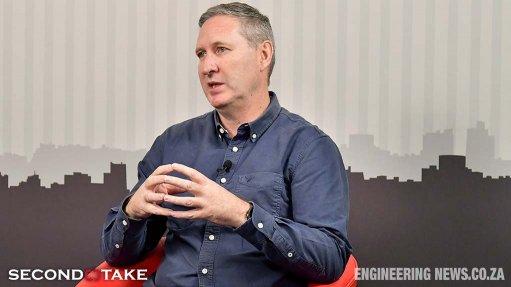Complexity meets uncertainty in EIAs
This article has been supplied as a media statement and is not written by Creamer Media. It may be available only for a limited time on this website.
Balancing environmental sustainability with economic and social demands is always challenging, and South Africa is grappling with an ever more complex regulatory framework as it tries to walk this line.
The country has a well established legal foundation for assessing and managing environmental impacts, and this is regularly updated, extended and modified. Among recent changes to environmental regulations are those aimed at allowing renewable energy developments to be fast tracked, as well as a focus on the implementation of biodiversity offsets.
SRK Consulting partner and principal consultant Chris Dalgliesh highlighted that environmental impact assessment (EIA) processes are differently affected particularly if the proposed project is in a renewable energy development zone (REDZ) or a strategic transmission corridor – areas earmarked for the development of infrastructure of this nature.
Streamlining renewables
“If the project falls into either of these areas, there are different requirements for the EIA, meant to assist in streamlining the process for quicker implementation,” said Dalgliesh. “The processes also differ depending on whether you are dealing with the energy generation component of the project, or the grid component – which often have to be assessed as separate EIA applications.”
Therefore, when considering projects for which environmental authorisation is sought through an EIA process, developers are confronted with multiple permutations of application processes, choosing those which best suit their development plans. The competent authority may also have their own interpretation of what the EIA applications must include, he explained.
Changing regulations
“Even five years ago, the EIA options were comparatively straightforward,” concurred Sharon Jones, partner and principal environmental scientist at SRK Consulting. “Our more complex projects would require a scoping and EIA – or a ‘full’ EIA – while other projects required only the basic assessment process.”
These two processes still apply, but environmental assessment practitioners (EAPs) now need to consider a host of other variables as the rules are continually updated. An indicator of the pace of change, Jones noted, is the high number of relevant new regulations, protocols and guidelines associated with EIA processes published in the Government Gazette each month.
Less flexibility
A recent instance has been a court decision which will oblige renewable energy developers to conduct a single EIA process for a generating facility and its associated grid infrastructure – rather than splitting that into two applications for greater flexibility. According to Kelly Armstrong, environmental consultant at SRK Consulting, this illustrates the importance of EAPs keeping track and abreast of what legal precedents are being set, as well as the regulatory updates and competent authorities’ interpretation of the rapidly changing legislative landscape.
Jones added that, in their efforts to streamline new power generation capacity, renewable energy developers have tried to cluster their EIA applications to facilitate the authorisation process. For example, they propose clusters of renewable energy developments, each with a separate EIA process but a single combined stakeholder engagement process at the time – leading to EAPs attempting to manage up to 20 EIA processes concurrently. These activities can, however, quickly become disjointed or misaligned as requirements change.
Timeframes
“Consultants and EAPs must navigate this legal terrain very carefully, to keep abreast of what is required,” she said. “The implications on project timelines can be significant, as many aspects of EIAs are time-consuming; a wind farm application relies on a bird and bat monitoring period of two years prior to the EIA being completed.”
The cumulative momentum of all the changes to environmental regulations, warned Dalgliesh, had led to a situation where it is now more difficult to achieve EIA compliance in South Africa than it isto comply with international standards.
“Our processes have become much more complex, and we need to consider substantial allied legislation,” he said. “While our legal evolution is well-intended, there is a danger that EAPs have to spend so much time learning the new EIA rules that they are being distracted from actually doing EIAs in an efficient manner.
Biodiversity offsets
Jones pointed out that another recent change relates to the country’s first National Biodiversity Offset Guidelines – which will also have to be considered in EIA applications. After many years in the pipeline, these guidelines were published in June for implementation, and apply to both terrestrial and freshwater realms.
Armstrong said the guidelines will be applicable across sectors and, now that they are gazetted, will provide much clearer direction on how biodiversity offsets should be integrated into EIA processes.
“In addition to their existing compliance requirements, clients will be looking for guidance on what these biodiversity offsets mean for current or future development applications,” she said. “They will be relevant, for instance, if any project is located in areas where there are species of conservation concern and/or protected areas.”
She noted that SRK’s experienced consultants understand the implications of ever changing legislation for clients, and provide valuable assistance in managing the complexity of the process.
Comments
Press Office
Announcements
What's On
Subscribe to improve your user experience...
Option 1 (equivalent of R125 a month):
Receive a weekly copy of Creamer Media's Engineering News & Mining Weekly magazine
(print copy for those in South Africa and e-magazine for those outside of South Africa)
Receive daily email newsletters
Access to full search results
Access archive of magazine back copies
Access to Projects in Progress
Access to ONE Research Report of your choice in PDF format
Option 2 (equivalent of R375 a month):
All benefits from Option 1
PLUS
Access to Creamer Media's Research Channel Africa for ALL Research Reports, in PDF format, on various industrial and mining sectors
including Electricity; Water; Energy Transition; Hydrogen; Roads, Rail and Ports; Coal; Gold; Platinum; Battery Metals; etc.
Already a subscriber?
Forgotten your password?
Receive weekly copy of Creamer Media's Engineering News & Mining Weekly magazine (print copy for those in South Africa and e-magazine for those outside of South Africa)
➕
Recieve daily email newsletters
➕
Access to full search results
➕
Access archive of magazine back copies
➕
Access to Projects in Progress
➕
Access to ONE Research Report of your choice in PDF format
RESEARCH CHANNEL AFRICA
R4500 (equivalent of R375 a month)
SUBSCRIBEAll benefits from Option 1
➕
Access to Creamer Media's Research Channel Africa for ALL Research Reports on various industrial and mining sectors, in PDF format, including on:
Electricity
➕
Water
➕
Energy Transition
➕
Hydrogen
➕
Roads, Rail and Ports
➕
Coal
➕
Gold
➕
Platinum
➕
Battery Metals
➕
etc.
Receive all benefits from Option 1 or Option 2 delivered to numerous people at your company
➕
Multiple User names and Passwords for simultaneous log-ins
➕
Intranet integration access to all in your organisation

























